As the director of product development at Aston Martin, Ian Minards, has seen the iconic brand from all possible angles. After graduating from Birmingham University with a mechanical engineering degree, he spent seven years working on prototype builds at Jaguar, most notably the XK8 project.
View more pictures of the Aston Martin One-77
After a short spell in consulting he moved to Aston’s former HQ at Newport Pagnell to run the ‘works service’ division, which allowed owners to have their cars serviced or even completely restored. At the time, Aston’s production consisted of V-cars – the models derived from the original, rather brutal 1989 Virage – and DB7s, built at the Bloxham factory in Oxfordshire.
Video: See Steve Cropley riding in the Aston Martin One-77
In 1999 Minards switched from fixing old Astons to being in charge of the gestation of a totally new model. He became chief programme engineer on the Vanquish, in many ways the engineering precursor to the current Astons. The car’s aluminium and carbonfibre chassis (developed with the help of Lotus Engineering) pushed the brand into engineering modernity and informed the basis of the VH platform that underpins all of the company’s current models.
View more pictures of the Aston Martin One-77
Right after the Aston Martin Vanquish launch Minards changed tack again, becoming the brand’s sales boss and dealing with franchises and dealer development. He says he enjoyed his time in the retail environment, but by 2004 he was back in engineering, overseeing the production launch of the V8 Vantage, the second (after the DB9) of the new-generation Astons.
New models
In 2006, the year before Ford sold Aston Martin to a consortium that included two Kuwaiti investment companies, Minards became product development director, from which point he has ushered in a flood of new models including the DBS, Rapide and Toyota iQ-derived Cygnet.
“We build exclusive, high-luxury sports cars,” says Minards. “Our engineering philosophy is of a balance of excellence attributes across the drivetrain performance, chassis and so on. Our product creation philosophy is based on the VH platform. “The ‘V’ is the shared structure: the bonded alloy monocoque, which we have made longer and shorter, as a two-seater and four-seater, and as a coupé and cabriolet.
View more pictures of the Aston Martin One-77
“The ‘H’ is shared commodities and systems: the transmissions, the HVAC [heating and ventilation], the sat-nav and so on. Perhaps the best example is the steering column, which is the same in all the cars, as is the airbag and the seat restraints. At the front end of the car we have a three-stage crash structure, which is also shared across the models.” The thinking behind the VH system will continue to be the basis of Astons for the foreseeable future, he says.
Minards goes on to explain how the VH platform can not only be stretched into different forms and updated in engineering terms but can also be selectively upgraded in the smallest areas. Recently Aston introduced a new Garmin sat-nav system to replace the old Volvo-derived product, and installed a Bang & Olufsen hi-fi in place of the previous Linn system. "The VH platform has a CEM – Central Electrical Module,” he says. “We can integrate the new sat-nav into the electrical architecture without having to start from scratch. That’s not to say our electrical architecture is the same as it was in 2004. It is constantly being adapted, as it was for the Rapide, which has a rear-cabin HVAC system.”
Aston engines reinvented
Even the Aston engine family has shown its ability to be reinvented. The V12 has been morphed into a quad-throttle, dry-sump unit that meets Euro 5 pollution rules and can claim to be the world’s most powerful normally aspirated production engine. It’s a similar story for the suspension. “We use the same suspension wishbones on all models,” says Minards, “but we can change the springs, dampers and wishbone bushes to tune the nature of the chassis, and even add adaptive damping.”
However, Aston can exercise much greater flexibility than playing industry-standard tunes on common suspension components. The same wishbones are used on the Aston Martin One-77 hypercar, even though its suspension set-up is based on a racing car-style pushrod system. Indeed, the front subframe of the DBS is made of cast aluminium, but on the One-77 it is machined from a solid chunk of aluminium. Aston is able to up-spec virtually any aspect of the VH platform, partly because it can commission high-value parts in low-run production volumes. This willingness to commission such components meets its apogee with the £1.44 million One-77. Although ostensibly part of the VH platform, the whole structure, from the bulkhead rearwards, is a carbonfibre monocoque. It is hand-layered and put into a vacuum bag (to remove the air voids in the layers and to ensure that excess resin is squeezed out of the materials), and then cured under heat and pressure in an autoclave. The result is cutting edge and hugely expensive.
View more pictures of the Aston Martin One-77
But the One-77 is meant to point the way forward for Aston. “With the One-77, we have taken the VH platform on a journey, with the engineering team stretching the boundaries,” says Minards. “In future, we will be using more carbonfibre.” Currently the DBS uses carbonfibre skin panels, made by laying up carbonfibre into nickel-plated moulds. It’s a labour-intensive process.
Low-cost carbonfibre
“We are looking to get to low-cost carbonfibre, priced at €20 to €30 per kilo,” continues Minards. “A new technique we call C2 F3P is being developed. It uses a robot that takes a continuous carbonfibre yarn and simultaneously chops it up and sprays it into a mould. This reduces the labour costs and means we can make panels with varying wall thicknesses.” It is easy to imagine a dash, or any number of smaller interior mouldings, being moulded out of carbonfibre in this way. It could also open the way for cheaper exterior panels.
Aston is out of step with the rest of the industry by seeming less concerned with chasing lower CO2 emissions figures, although Minards suggests that the issue is hitting customers simply because of the cost of filling the tank. “Getting above £100 makes people think,” he says, but he’s cautious about the usual cures. “Perhaps cylinder deactivation is the way – run on six and use the other six when you want performance. Stop-start could be integrated into the platform, and maybe a kinetic recovery system. But the problem with an electric motor is dragging the weight around all the time.”Diesel? “No,” he says. “We haven’t even scratched the surface with the possibilities of gasoline engines yet.”
View more pictures of the Aston Martin One-77
In some ways, the Aston Martin of the future is a bit like an upmarket jewellery operation. More exotic and higher-performing materials will be added to the mix, hopefully driving the perceived value of the brand ever higher. The glass buttons, polished lumps of aluminium and saddle leather deployed in the One-77 will, no doubt, migrate into the mainstream models. In fact, the extent to which Aston is prepared to go is exemplified by the One-77 philosophy of making all the parts beautiful, even those that can’t been seen. As design boss Marek Reichman has said, even the hidden surfaces on the One-77 are finished to the same quality as those on show.
In some ways, Aston’s super-luxury future, in tune with the booming mega cities of Asia, is more in line with the tastes of the global rich than, say, Ferrari’s competition-based persona. Betting on the boutique style of Sloane Street over the pitlane chic of Monaco may well eventually pay off for this tiny British manufacturer.

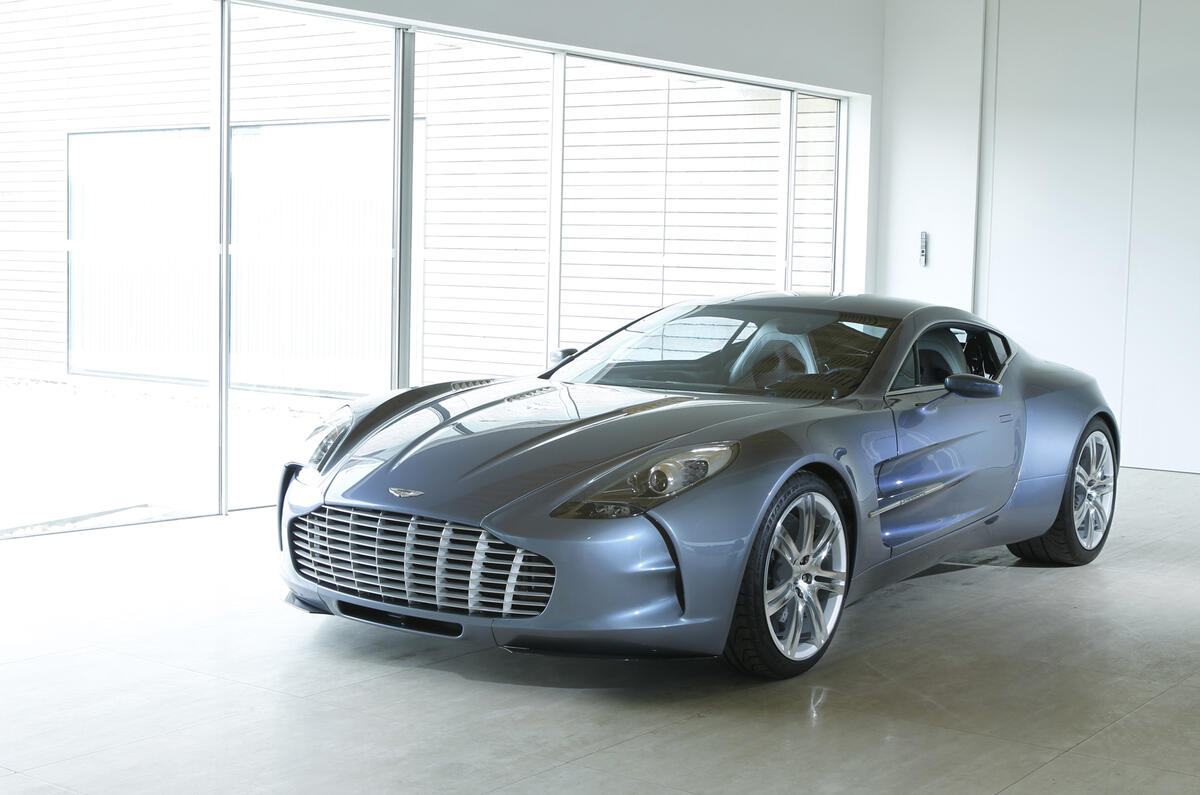
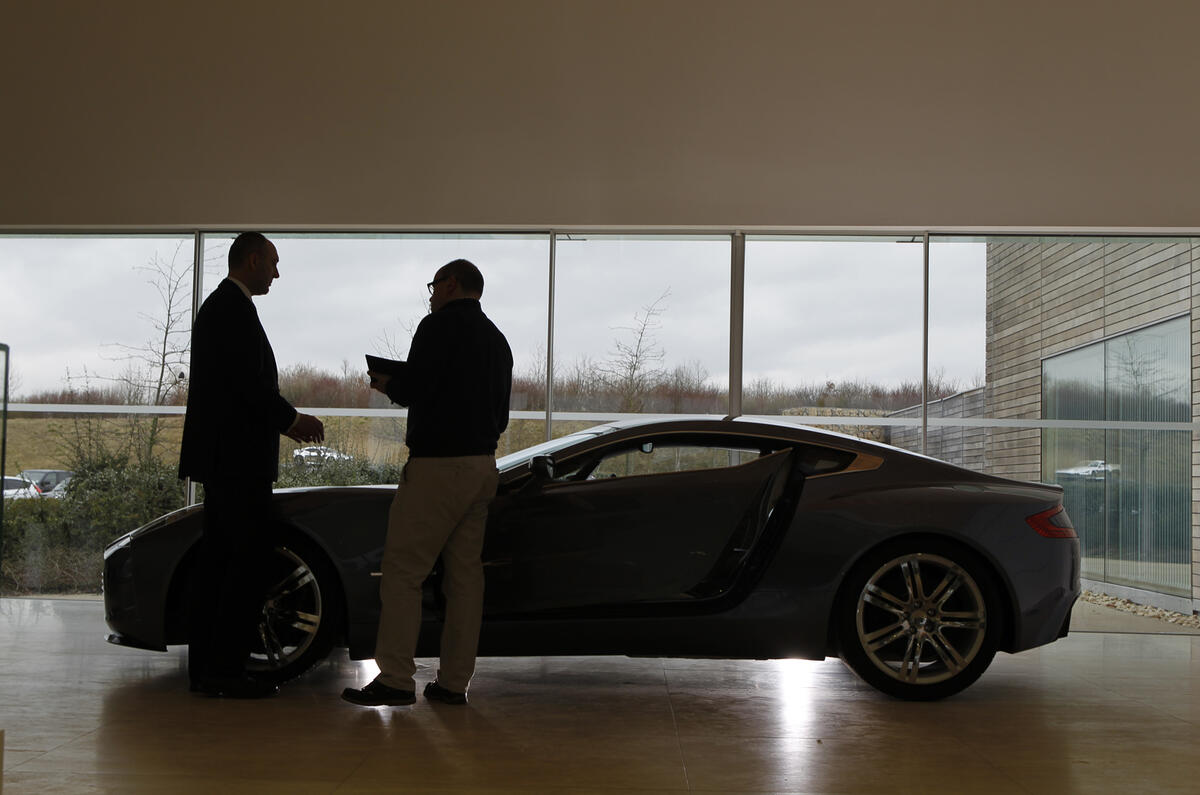
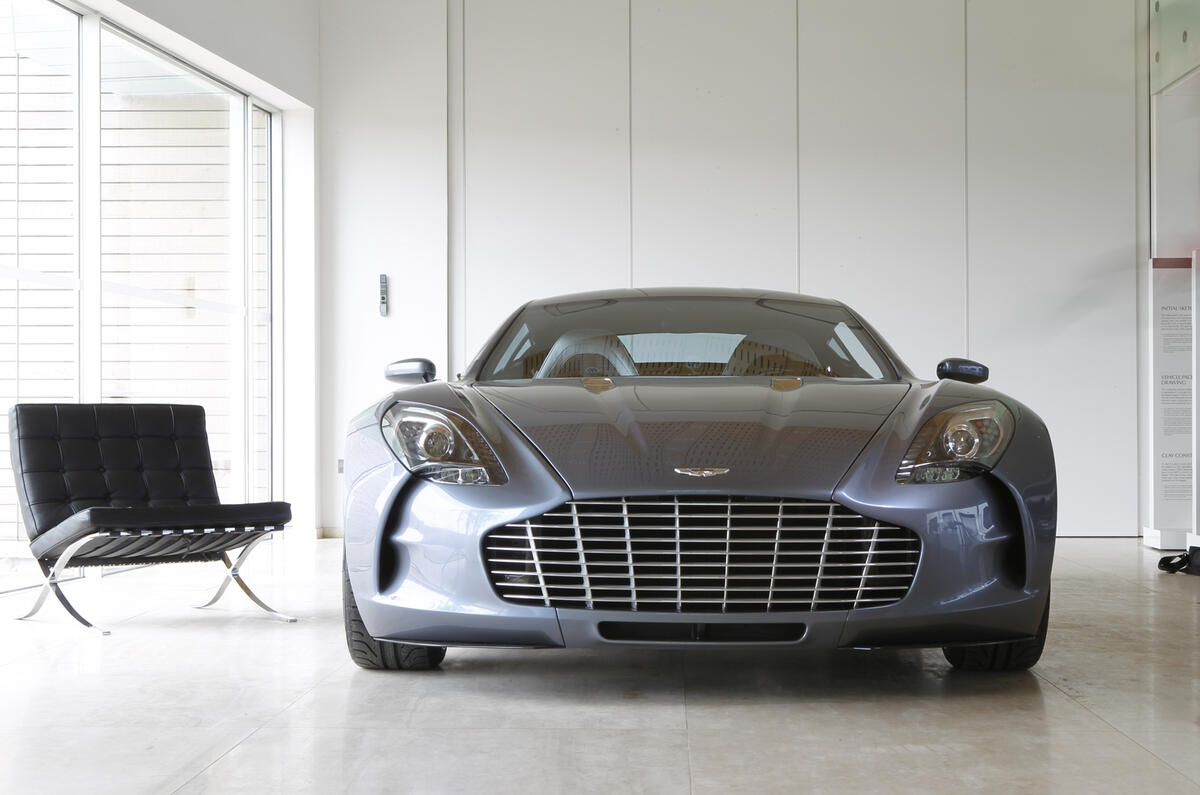

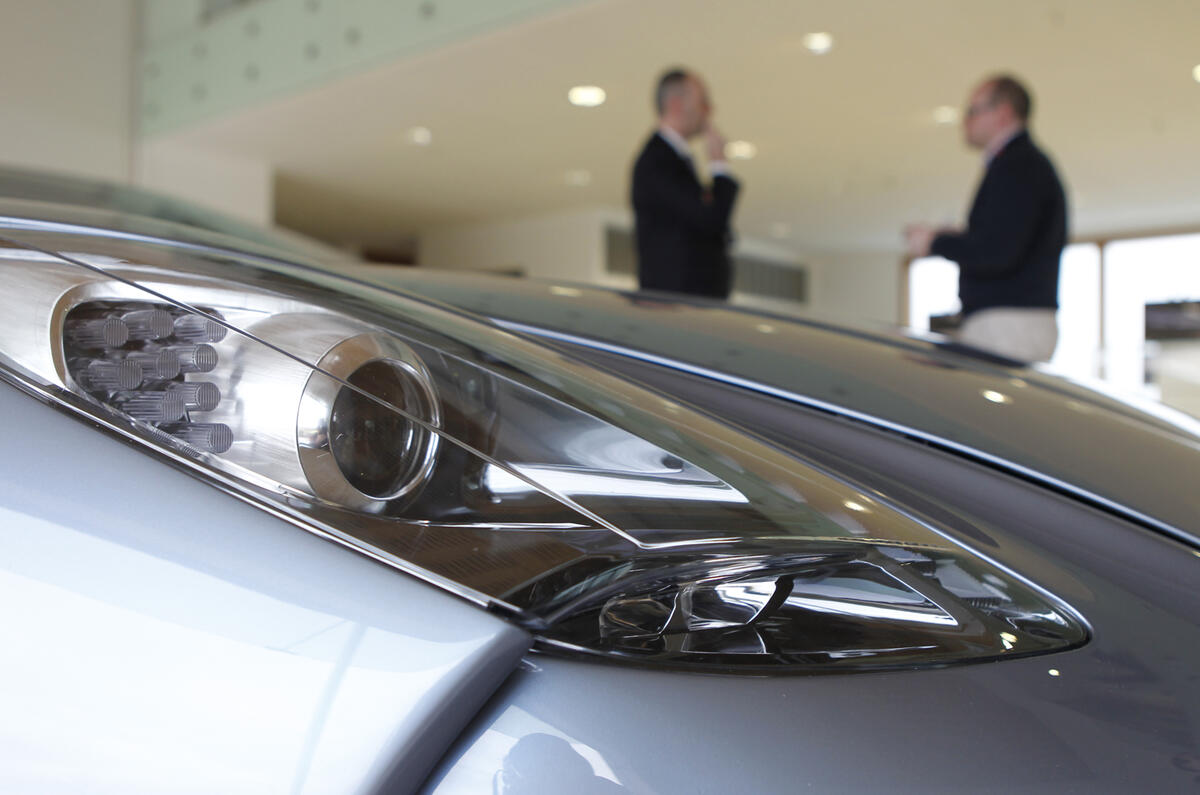
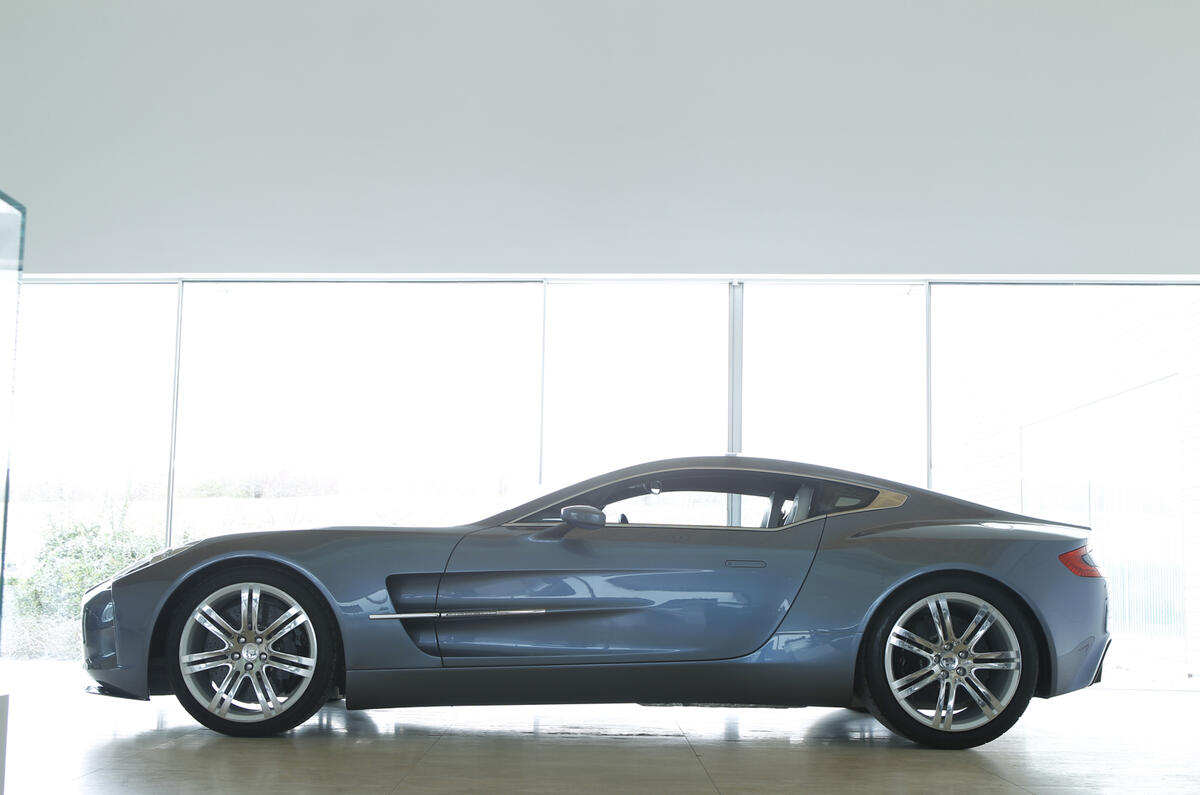

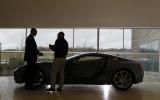

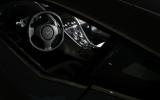
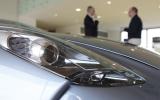



Join the debate
Add your comment
Re: The man behind Aston's resurgence
Re: The man behind Aston's resurgence
When it comes time to change jobs Mr Minards needn't worry about constructing his CV, it appears one has been done for him.
Re: The man behind Aston's resurgence
I'll just settle for staying on topic as I don't possess much of an intellect to worry about making it any acuter. :)
I can't see Aston continuing as an independent maker for much longer, if it is to invest in an all new range of models, so I wouldn't be totally shocked if the company ends up in Chinese or Indian ownership at some point in not too distant a future.